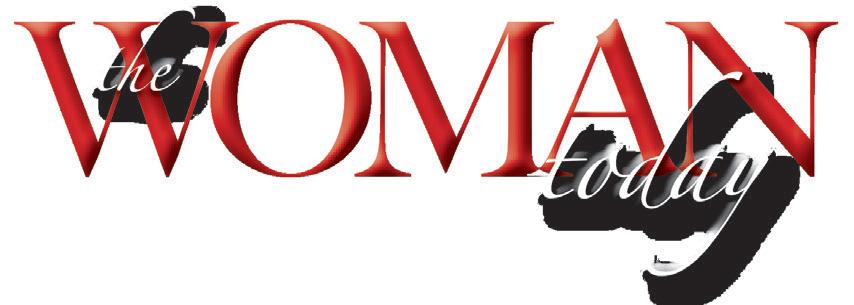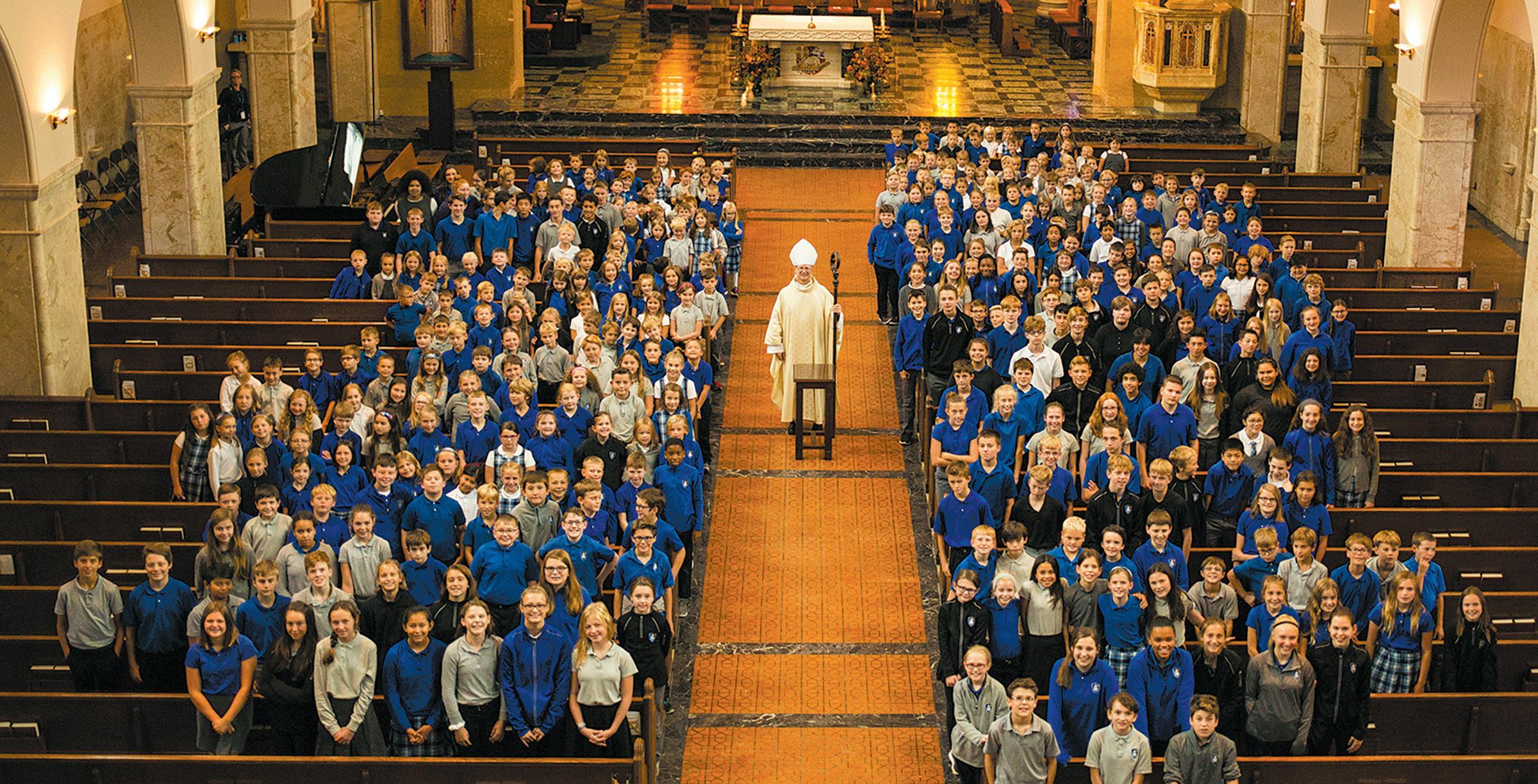
2 minute read
Recognizing Women as a Driving Force Recognizing Women as a Driving Force
WeNORTHLAND COUNTRY CLUB • APRIL, 2019 join us for appetizers and champagne are mothers, grandmothers, daughters, sisters, aunts and friends; pilots, writers, receptionists, teachers, police officers and sculptors. The women of our community are a driving force and we want to recognize them for what they bring to our unique culture. The Woman Today is hosting a Recognizing Women as a Driving Force cocktail hour where we will celebrate who we are, what we do and how we touch those around us.
We’re looking to you, our readers, to help us celebrate those among us who drive us forward. If you would like to nominate a special woman you know please send us a 100 word proposal describing their contributions to the region. We will honor those in the following categories:
Leadership Award – Presented to women who represent outstanding achievement in their field of endeavor.

The Spirit Award – Presented to a young woman who has shown exceptional courage and determination.
The Mentor Award – This award is given to a woman among us who has acted as an experienced and trusted adviser to those around her.
To nominate a woman who is a driving force fill out the online nomination form at thewomantoday.com

Deadline for nominations is February 28th.
For questions please contact Ali 218-428-2929
The Rosie Award – Rosie the Riveter is a cultural icon of the United States, representing the American women who worked in factories and shipyards during World War II, many of whom produced munitions and war supplies. These women sometimes took entirely new jobs replacing the male workers who were sent off to war. Rosie the Riveter is used as a symbol of feminism and women’s economic power. This award is presented to that woman we all know who simply

gets stuff done!
sponsored by
The payoff of all the hard work comes near the end of October, when the students open their work to the public and host a re-enactment. The paths through the school forest become a living museum, with students dressed in historically accurate voyageur and Ojibwe outfits, and greeting visitors in their “native” language.

The event is in a loop along one of the paths closest to the school. Near the beginning, two sixth-graders dressed as voyageurs gave a short presentation on how heavy a voyageur’s traveling pack would have been, and helped a class of first-graders take turns attempting to lift a filled pack.

Several stops later, a group in period Ojibwe dress told about the wigwam they had built. Several stops later, a sixth-grader who worked for the Hudson Bay Company earned a round of laughter as she pretended to spit on the ground in disgust while delivering a speech as to why her company was superior to that of their rivals at the adjoining North West Trading Post.
Several student interpreters were prepared with presentations, but most students were simply living the life of a voyageur or Ojibwe, with no prepared speech or show. Students were making repairs to their structures, tending to their fires, preparing food items, singing voyageur songs and tanning hides.
Voyageurs from both trading companies would interact with each other, as well as with their Ojibwe trading partners, all with a sense of comfortable familiarity. It was as though the observers were not even present. The students answered questions when asked, but it was rarely needed.













